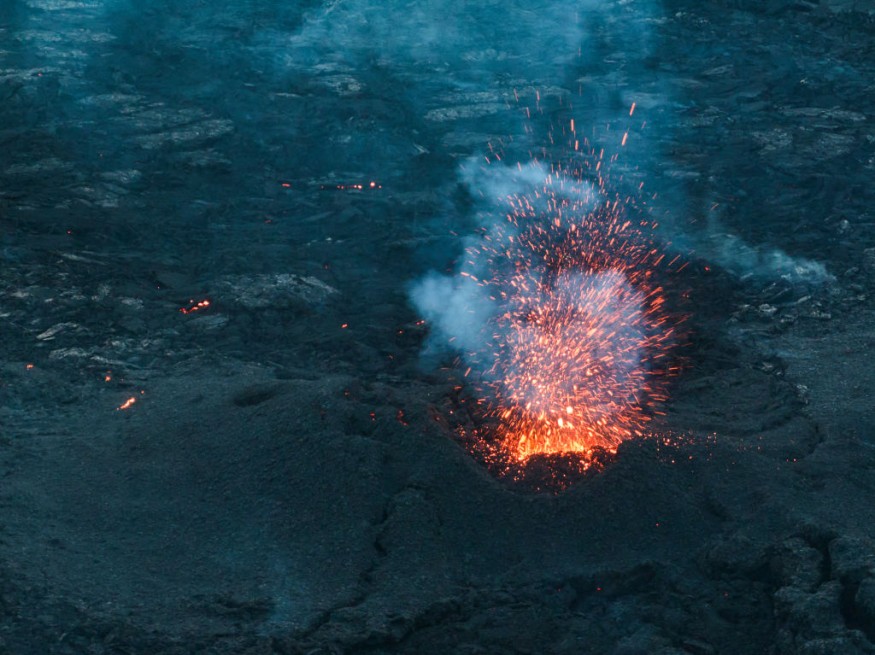
According to a volcanologist, dams that were constructed to protect Grindavik from lava flows could not be sufficient.
Volcanic Eruption at Grindavik
Last January 14, lava erupted from the volcanic system of Sundhnúkur in the southwest of Iceland. The flows of lava forced roads to be cut off. They also bubbled from a new fissure that attacked Grindavik's outskirts. This burned down at least three houses.
Near the area, construction vehicles had been at work for weeks in order to construct massive earthen dams as well as berms. These were on the works with hopes that they would be able to divert the flow of lava.
Several attempts to stop lava have already been made in the past. Efforts include attempting to freeze the lava in place through seawater cooling, using explosives to disrupt the lava supply, and constructing dams to divert lava flows.
According to volcanologist Loÿc Vanderkluysen, who is also an associate professor from Drexel University, it is too soon to tell if the earthworks of Iceland will be able to successfully save the town of 3,500 dwellers.
Lava Flows Are Hard To Stop
The viscous and sluggish fluid of lava is subject to gravity. This means that, like other fluids, it will end up flowing downwards in a steep and descending path. As the molten rock burns over 1,000 degrees Celsius, not many that happen to be in its path are able to withstand its heat.
Around 50 years ago, in 1973, Icelanders tried out the famous experiment for lava freezing, where they used water hoses from a small boat and fishing vessel flotilla in order to protect the small island of Heimaey from the lava of Eldfell volcano.
The harbor was threatened with closing off due to the lava. While the eruption stopped before the strategy could be evaluated, the harbor was able to survive the attack.
On top of this, Hawaii also made use of explosives from 1935 and 1942 planes to try to disrupt the flows of lava from Mauna Loa Volcano. These flows were threatening Hilo town in Big Island.
The strategy's idea was to disrupt lava tubes or channels within the volcano that were offering lava to the surface. Neither of the attempts were found to be successful. While the explosion led to the creation of novel channels, the newly formed flows of lava soon rejoined the first channel.
The latest efforts focused on a third strategy involving the construction of ditches or dams to divert the flow of lava to a different steep and descending path. While this strategy has seen mixed results, the diversion could end up as a success if the flow can be diverted to a certain area where the natural flow of lava could occur.
In the past, several lava diversion attempts have been unsuccessful. In Italy, barriers were constructed to stop the lava flows of Mt. Etna in 1992, which was able to slow down the flow. However, each one was eventually overtopped by the lava.
The most recent dam construction efforts in Iceland had to be postponed in mid-December. This was when the first volcanic eruption took place in the northeast of the Icelandic town.
The work then resumed in January. It was still underway when magma resurfaced on January 14.
Vanderkluysen explains that it is difficult to divert lava in this region, partially due to the relatively flat terrain surrounding Grindavik. This makes it more difficult to find a clear path alternative of steep descent for the lava to be redirected.
Check out more news and information on Environment & Climate in Science Times.










